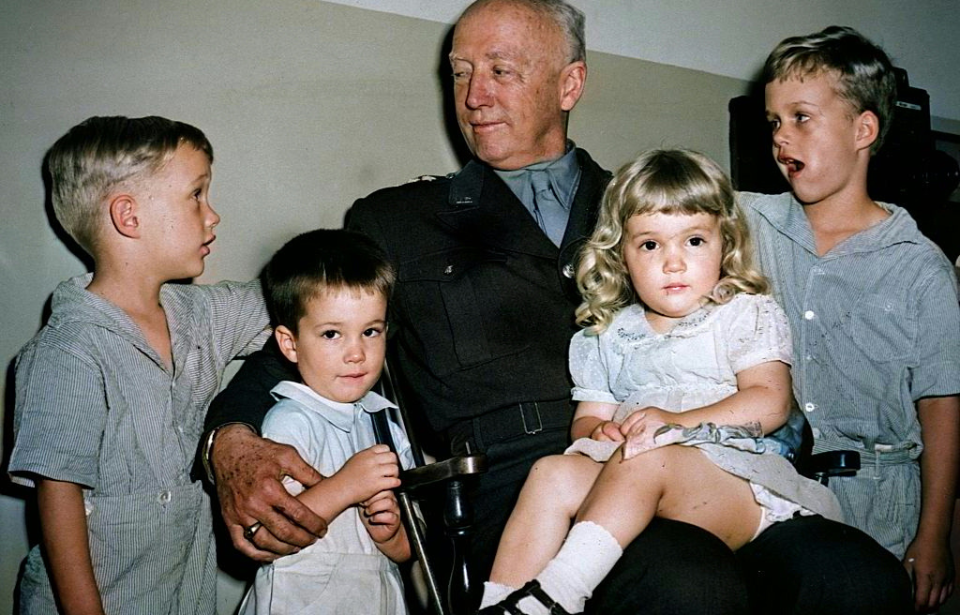General George Patton is revered as one of America’s most beloved military figures, his fame matched only by his battlefield successes. Known as one of the most steadfast leaders of World War II, he began his education at the prestigious US Military Academy West Point, where he showed much promise. This early potential continued to manifest throughout his career.
Here are some rare photographs of Patton, along with intriguing insights into his life!
An Olympic athlete?!
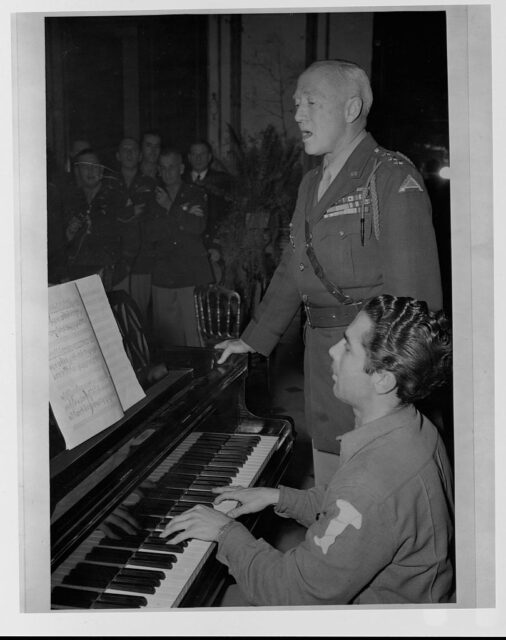
While he might be known for his military prowess, George Patton was also once an Olympian. In 1912, he was selected to vie for the gold in the modern pentathlon and took fifth place at the Summer Games in Sweden. He was also selected for the 1916 team, but the outbreak of World War I cancelled that year’s Olympics.
Pancho Villa Expedition
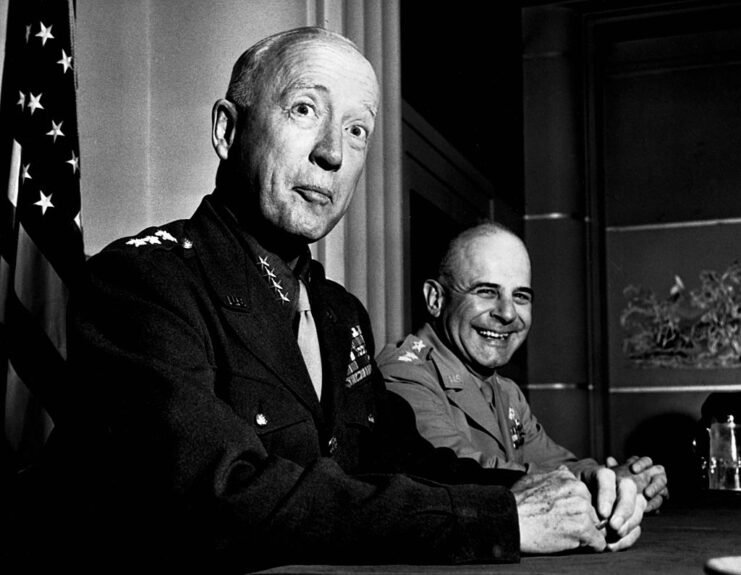
The would-be legendary general first saw action during the Pancho Villa Expedition in 1916. He served as a personal aide to John J. Pershing, who’d later assume command over the American forces in Europe during the First World War. It was the pair’s time in Mexico that enabled George Patton to remain Pershing’s aide in Europe.
Becoming the go-to man for all things tank warfare
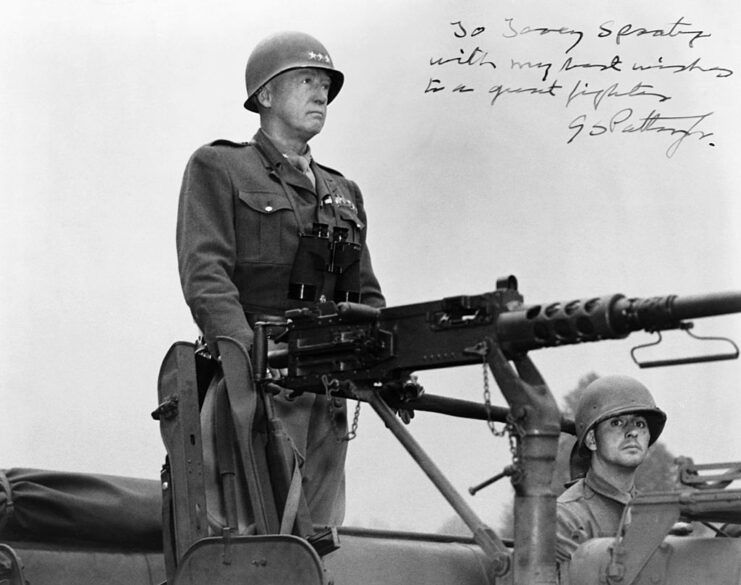
During World War I, George Patton helped establish the Light Tank School in France for the American Expeditionary Force (AEF). From then on, he emerged as a pioneering strategist in armored combat.
George Patton received the Purple Heart
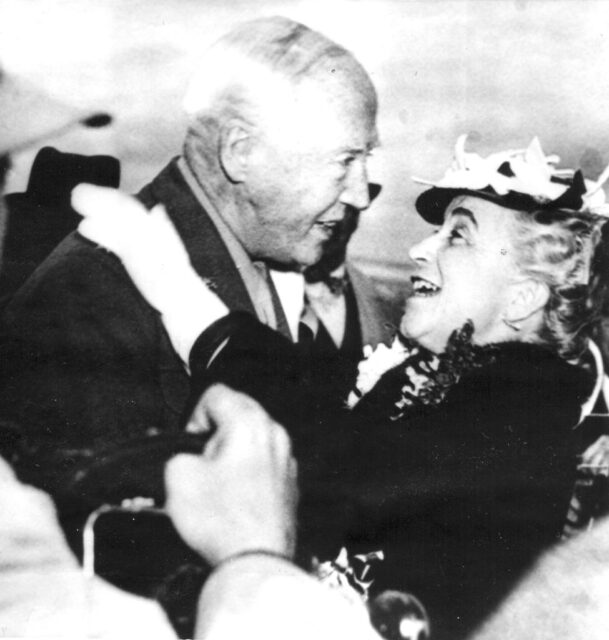
George Patton took part in the Meuse-Argonne Offensive while serving in the First World War. Charged with leading an attack on German machine gun positions, he was injured when a bullet ripped through his left thigh. While forced to remain in a shell hole, he continued to command his men, and when the Purple Heart was reinstated in 1932, he was given the decoration.
US entry into World War II
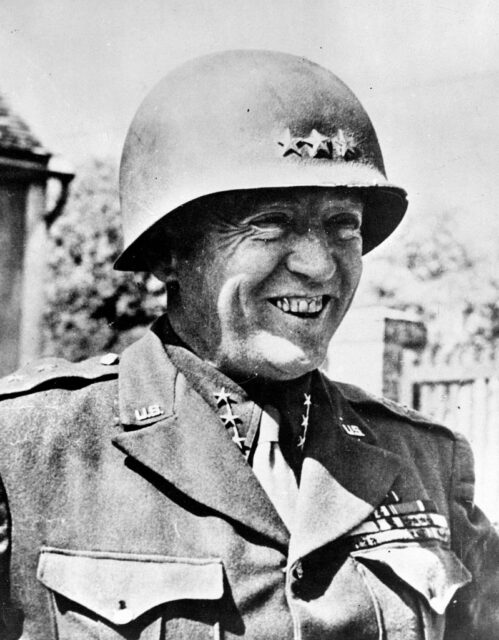
America’s involvement in the Second World War resulted in an unprecedented reliance on tanks and other armored vehicles, elevating the importance of George Patton’s expertise. He was instrumental in establishing the US Army’s first armored divisions and managed to rise through the ranks, becoming the commanding general of the 2nd Armored Division by 1941.
George Patton gained ground in North Africa and Sicily
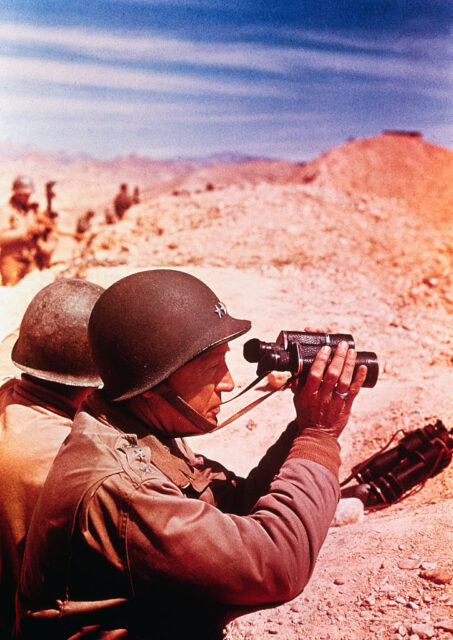
George Patton quickly gained ground in North Africa; he was making a name for himself not only among his own troops, but with the enemy, as well. In fact, after great success with Operation Husky, the German High Command considered him a key figure in the subsequent invasion of Europe.
Operation Fortitude and George Patton’s fake military force
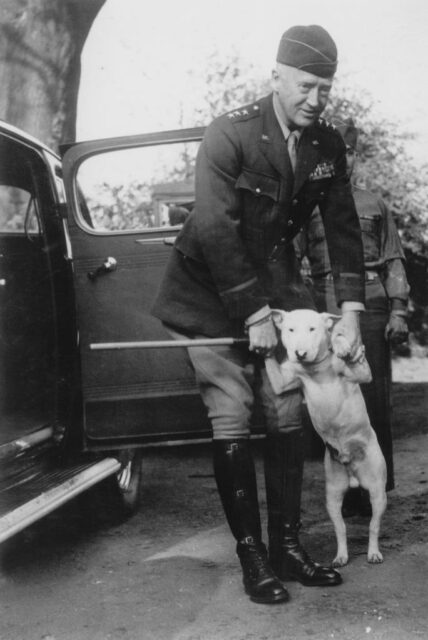
The Allies capitalized on the German’s view of George Patton by crafting an elaborate scheme of fake tanks, weapons, and misleading information under Operation Fortitude. The enemy was deliberately misled into believing that this massive troop movement, supposedly led by Patton, was the actual invasion force.
Allied landings at Normandy
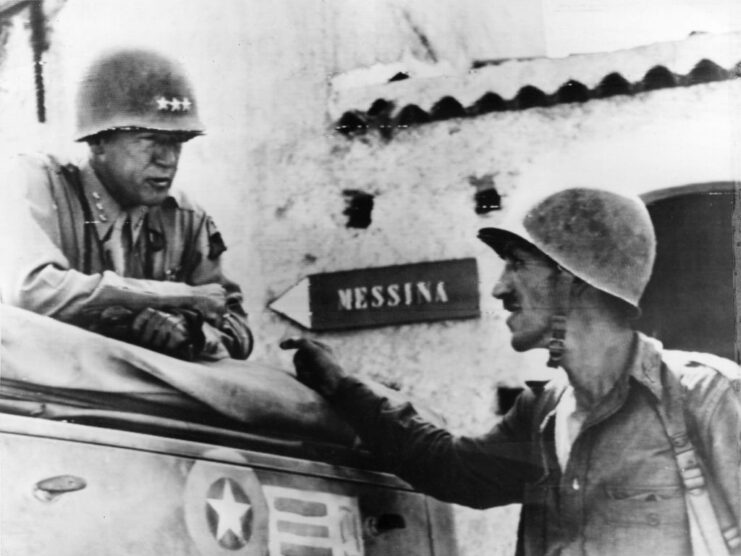
Due to the Allies’ subterfuge, the German 15th Army remained locked at Pas-de-Calais, instead of Normandy, even after the initial Allied landings occurred on the morning of June 6, 1944.
Siege of Bastogne
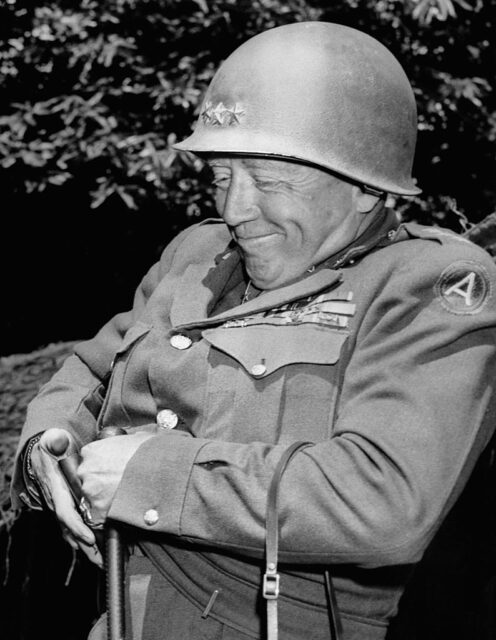
Once unleashed, George Patton’s tanks and troops were decisively victorious in relieving the American troops besieged at Bastogne during the Battle of the Bulge. He personally considered this accomplishment the peak of his military career.
George Patton perishes in a car crash
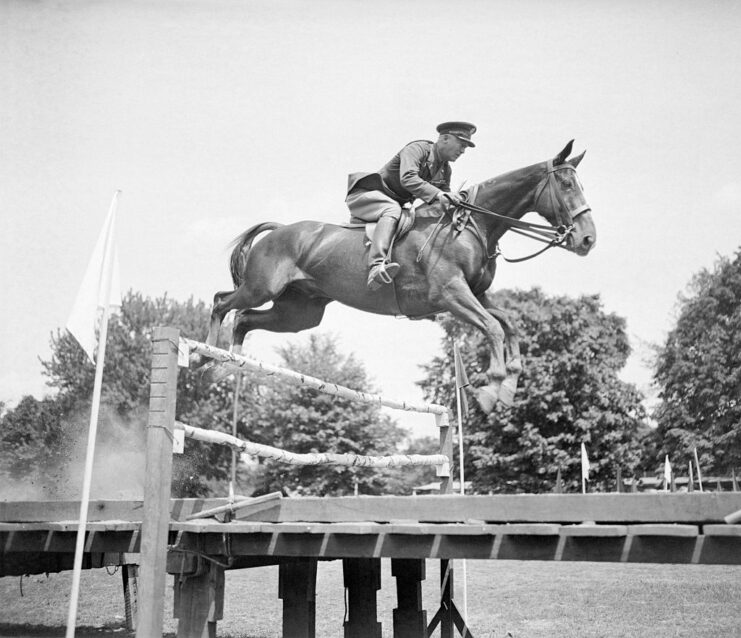
George Patton would see the end of Second World War in Germany, but soon after was involved in a car accident that led to his death on December 21, 1945. He’d been paralyzed in the crash and developed a blood clot, which made its way to his heart. The famed general wound up dying in his sleep.
Chilling words from George Patton
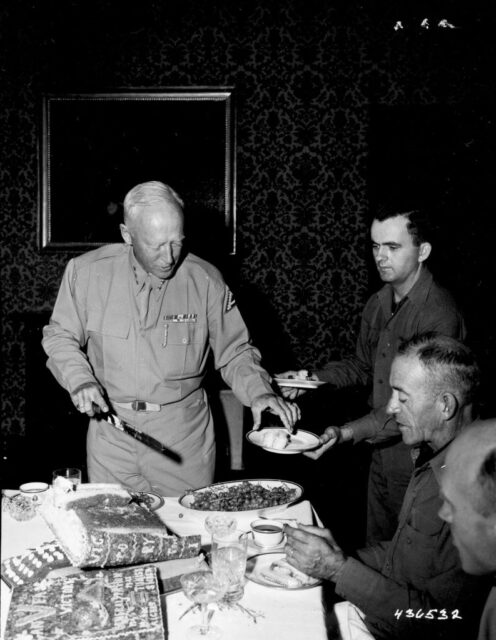
More from us: Why Do American Military Enthusiasts Put George Patton on a Pedestal?
Want to become a trivia master? Sign up for our War History Fact of the Day newsletter!
It’s interesting to note the diary entry George Patton made upon learning about Japan’s capitulation, as it gives a chilling closure to his remarkable achievements in combat. “Yet another war has come to an end, and with it my usefulness to the world,” it read.
